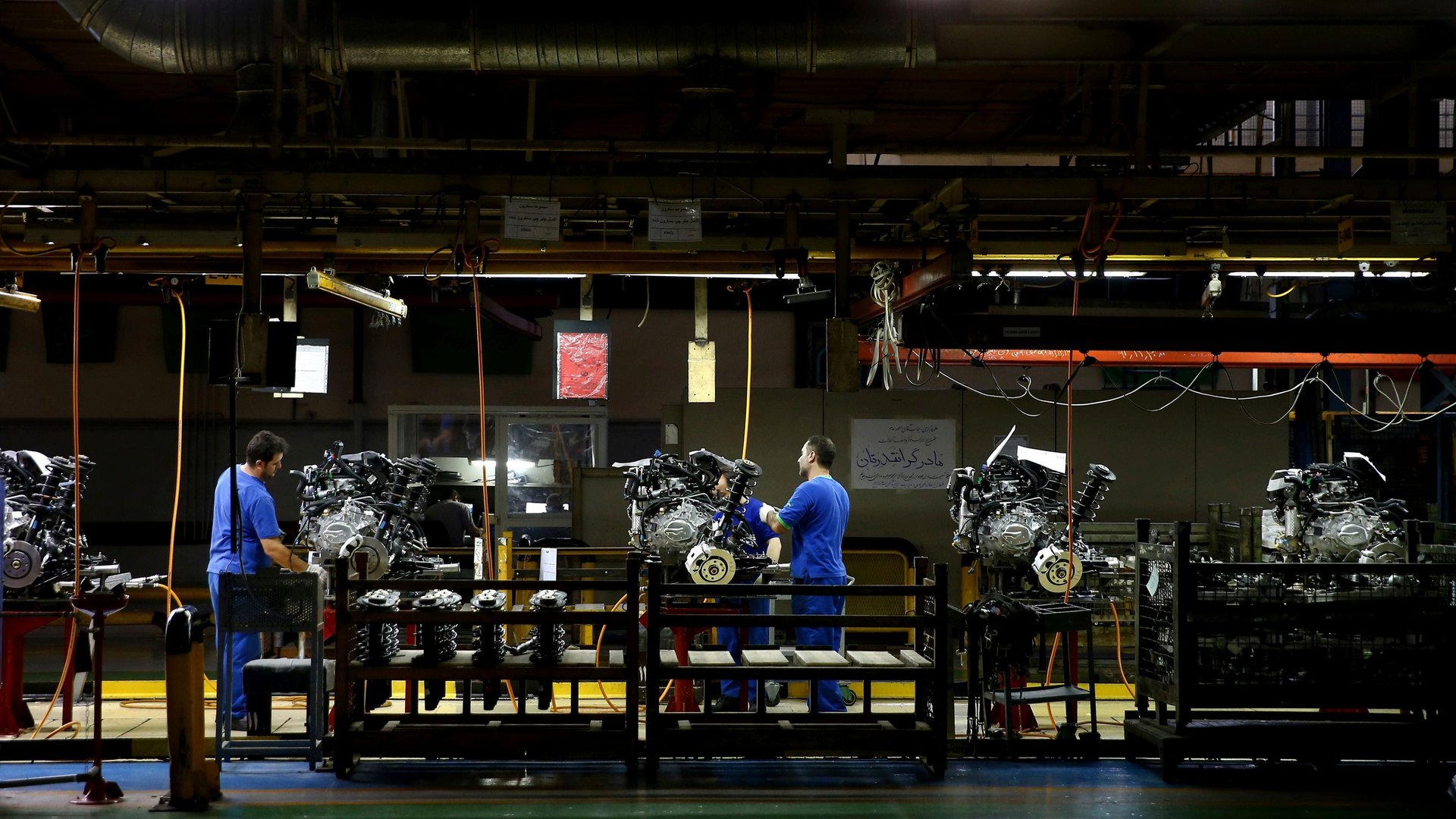US manufacturing has a huge image problem
The way Americans look at manufacturing might help explain why 2.4 million jobs could go unfilled between this year and 2028.


The way Americans look at manufacturing might help explain why 2.4 million jobs could go unfilled between this year and 2028.
A joint Deloitte-Manufacturing Institute study published today (Nov. 14) finds that more than 4.6 million manufacturing jobs need to be filled in the next 10 years. About 2.7 million vacancies will be left by retirees and almost two million other new jobs will come with expected economic growth. Yet only 2.2 million likely will be filled, the study says, leaving more than half open.
In addition, according to the report, an ongoing skills shortage resulting from wider use of advanced technology could also mean that up to $2.5 trillion in manufacturing economic output may be at risk in the next decade.
Researchers surveyed 397 executives from US manufacturers on the causes of the projected job vacancies. (The executives were chosen from across a wide range of sectors, business sizes, levels in the supply chain, and geographic regions.) The most popular response, cited by 45% of the respondents: “negative perceptions towards the manufacturing industry.”
Seema Pajula, vice chairman and US Industries and Insights Leader for Deloitte, told Quartz that the negative impression of manufacturing stems from younger prospective employees viewing it as boring, outdated, and not creative. “If we don’t fix this image problem, we are really going to have issues in the future,” Pajula said.
Significant job vacancies affect companies in various ways. More than half of the executives said they struggled to maintain production levels to meet demand and 43% cited trouble with new product development and innovation. And innovation in manufacturing is ongoing—Forbes’ “30 under 30 Manufacturing 2019” highlights work in robotics, autonomous vehicles, and 3-D metal-printing technology—but many potential employees who don’t see it that way turn to other industries.
Millennial or Generation Z employees “would rather take less pay if they feel like they are working for a company that has a social purpose,” Pajula said. She points out that “people don’t think of manufacturing as sexy, creative, or attractive, and in technology, companies are more attractive.” The prospect of higher wages elsewhere is a factor, yet Pajula said “image is the bigger problem.”
The report suggests a number of ways companies can combat this image problem and also address skills gaps. These include development programs for knowledge transfer, increasing hiring flexibility (prioritizing potential competency over required years of experience, for example), and increasing wages (83% of surveyed executives said they were willing).
Some manufacturers have already begun to market themselves better by “allowing non-production work to be done from remote locations, while others are implementing new technology like automation to supplement the existing workforce,” Chad Moutray, director at the Center for Manufacturing Research, said in a statement.
Attracting more workers could also be as simple as diversifying the hiring pool. According to data from the American Community Survey by the US Census Bureau, in 2017, women made up just under a third of the manufacturing workforce. “Companies need to figure out how to get more women engaged and how to retain them,” Pajula said.